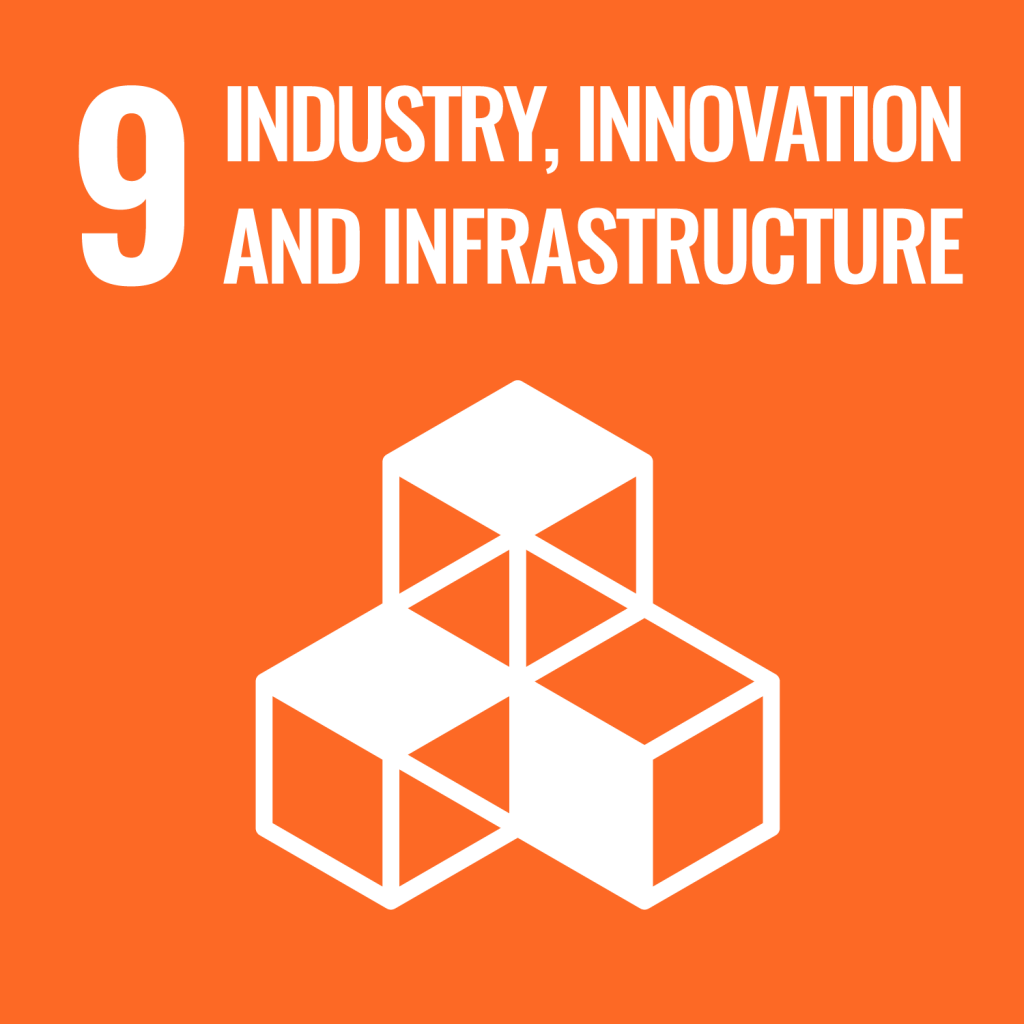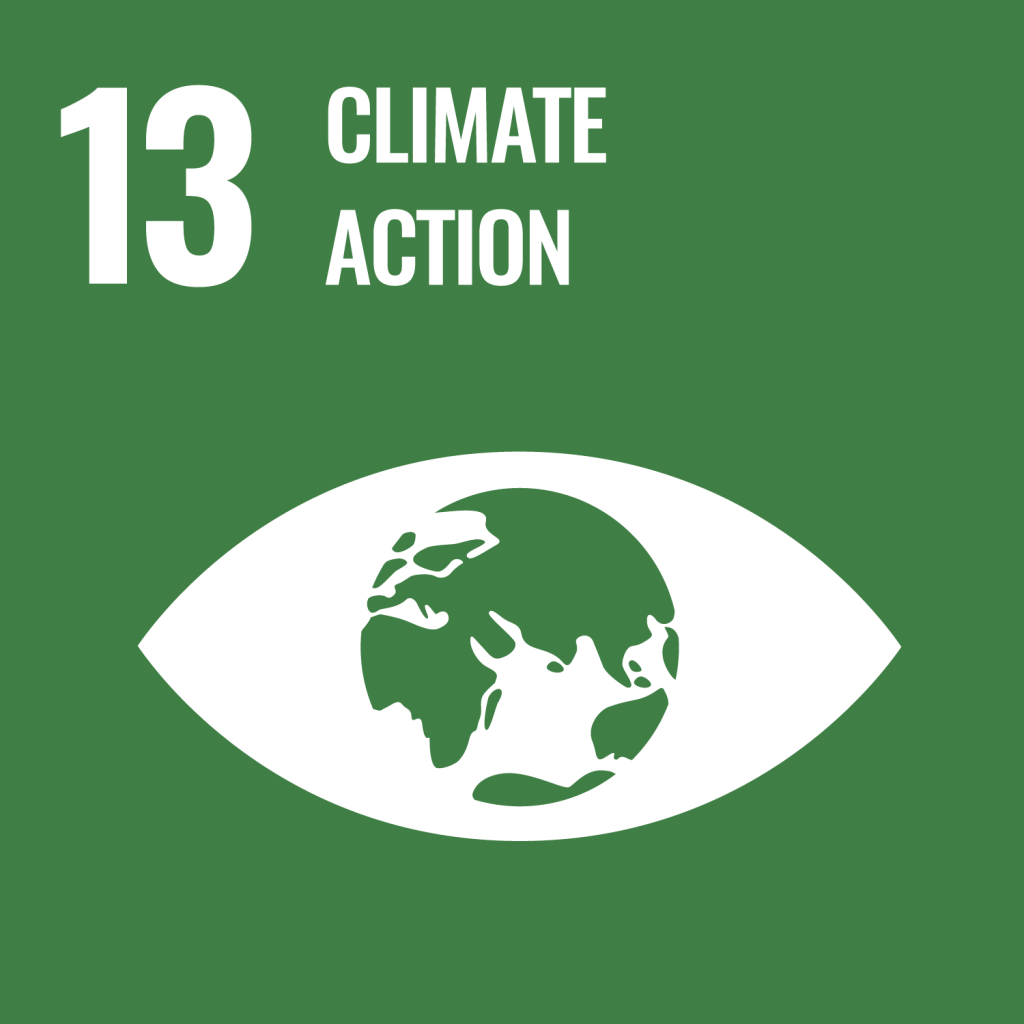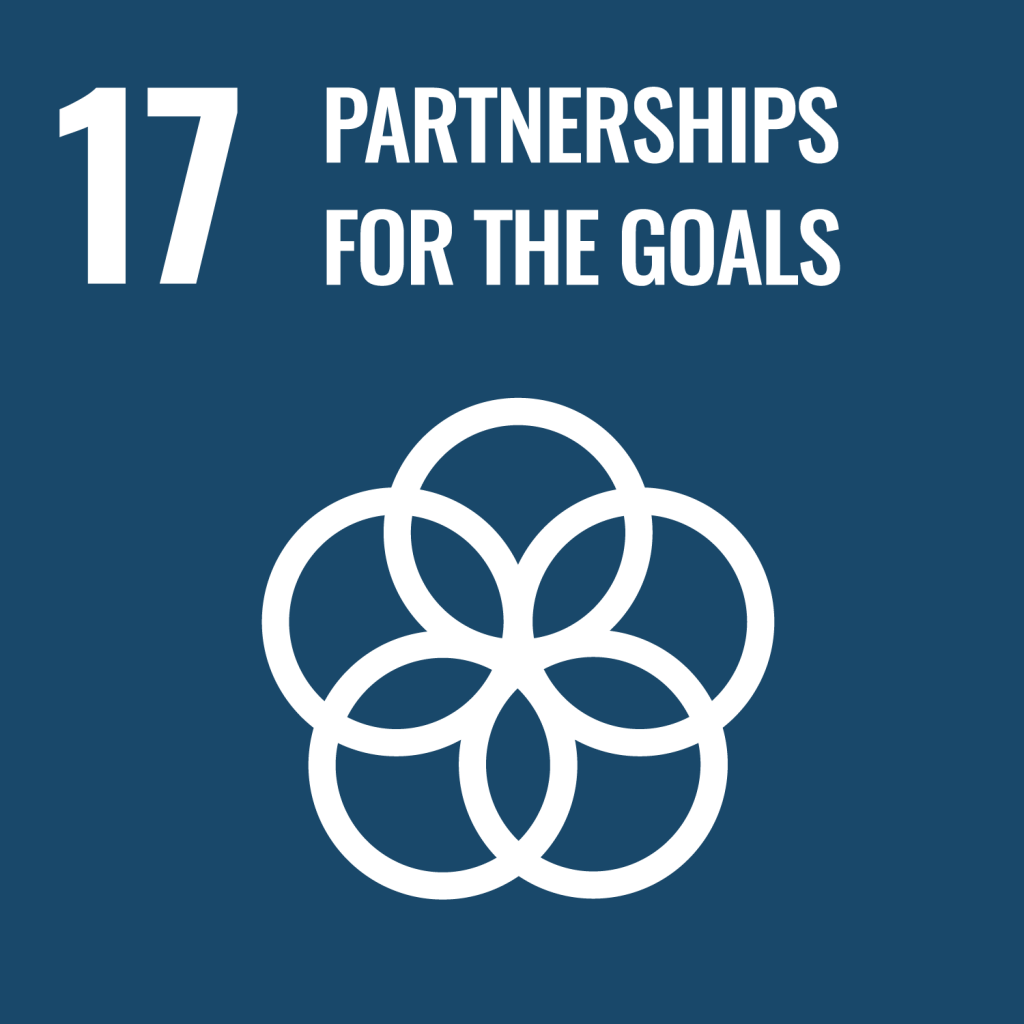Toyota Boshoku
Medium (49-500)
Mobility
Manufacturing
Lesson
Continuous improvement matched with (near) real-time metrics enables strategic and systematic environmental enhancements. Use environmental monitoring assets to help suppliers build business cases on efficient technologies. Change job title and description to assign responsibility and accountability for environmental outcomes. Assign promotion based on environmental achievements.
Background
Toyota Boshoku (TB) is an auto parts supplier to its sole customer, Toyota Motor Manufacturing Canada (TMMC). Toyota Boshoku Canada consists of two production plants, one in Woodstock and one in Elmira. Jason Psutka is a Senior Specialist of Plant Engineering, Energy, & Environmental in the Elmira plant, with his role recently expanding to include the Woodstock plant.




Sustainability Story
The Elmira plant was built in 2002 and began reporting on energy and water consumption in the plant, as measurements began to suggest the need to determine the causes for the trends or changes in the data. In 2011, Toyota Boshoku Corporate in Japan introduced the company’s Earth Charter, which commits TB as a whole to making collective efforts to preserve the global environment in order to realize a sustainable society. Soon after, they formulated a Basic Policy for Biodiversity based on the outcomes of the tenth Conference of the Parties (COP10) to the Convention on Biological Diversity.
One year later, TB Canada joined Sustainable Waterloo Region (SWR), a not for profit organization founded in July 2008, that helps Waterloo Region enterprises achieve carbon, water, and waste reductions. TB joined as an Observing Organization, meaning that they were working towards setting a public GHG reduction target. It is around this time that Jason began implementing energy conservation and efficiency measures in the Elmira plant.
In 2016, TB Corporate unveiled a 2050 Environmental Vision which established six Stretch Environmental Goals to be realized by the TB group by 2050, and include: zero CO2 emissions, zero wastewater, minimizing natural resource use and wastes, and afforestation goals. This vision was followed up with mid-term Environmental Action Plans for 2020 and 2025.
At the same time, TB Canada was in the process of establishing GHG emission baselines and action plans as they geared up to set a local GHG reduction target via SWR. In 2018, TB Canada successfully became a Pledging Partner in SWR by setting a GHG reduction target of 30% over 2015 levels by 2025. In 2019, they won an SWR award for the greatest GHG reduction of SWR members (relative to size) by reducing emissions by 18% since 2018.
By 2019, TB Corporate had set a 2030 GHG reduction target of 40% over 2015 levels, which TB Canada is on track to meet. In 2020 the company established a full-time role to lead in the energy and environmental planning for both the Elmira and Woodstock plants. Each year, TB plants receive reduction targets from TB corporate in the areas of energy, water, and waste. In his role at TB Canada, the lead creates and implements Environmental Action Plans to meet these targets, and reports on progress to TB corporate, as well as to government entities.
While other personnel had previously undertaken this work at the Woodstock plant, their progress was hindered by other demands of their roles – part time to sustainability work. TB Corporate has therefore created the position to focus exclusively on energy and environmental initiatives and to replicate his successes in Elmira at the Woodstock plant. The evolution of this role coincides with an increasing intensity and focus placed on sustainability by TB corporate within the last five years.
Toyota Boshoku Practices
| Reduce Energy Use in Manufacturing | Reduce Water Use & Waste Generation |
|---|---|
| Sets annual GHG reduction target from corporate offices with a clear target of 40% GHG emission reductions over 2015 levels by 2030. Installation of a domestic solar hot water system, complemented by the installation of a battery bank in the Woodstock plant for use during peak provincial electricity demand. | Continually assesses difficult to recycle waste streams to reduce consumption and implement recycling solutions. Closed water loops for process water, low flow and automatic fixtures for domestic use. |
Pathway Map
Reduce Energy Use in Manufacturing
View the Pathway MapReduce Water Use & Waste Generation
View the Pathway MapEnabling Factors for Practices
| Internal to the organization | External to the organization |
|---|---|
| Maintenance and Manufacturing team members: critical internal relationships for implementing energy efficiency and conservation measures | Partnerships: Sustainable Waterloo Region and enviro-Stewards: air emissions calculations, waste characterization, navigating new regulations. Suppliers: R&R Mechanical (HVAC company), Eyedro Green Solutions, Green Metals |
| Suppliers or visiting companies: help with new energy efficiency or waste reduction measures | |
| Corporate target setting: Governed by annual GHG, water, and waste reduction targets set each year by corporate and long-term corporate GHG reduction targets ensure progress and safeguard against turnover | |
| Reduced payback requirements for environmental initiatives (compared to production projects), especially if they will help meet targets | |
| Organizational culture: Failure is an accepted part of making progress and incremental results are rewarded just as much or more than large ones (“kaizen”: continuous improvement) | |
| Adopt staff ideas and suggestions: including the expansion of the existing safety suggestion system to include environmental ones and the indirect benefits of sustainability practices: improved employee safety, comfort, and productivity | |
| Technology: RETScreen (Renewable Energy Technology Screening): energy and water modeling software, key to planning energy efficiency and conservation measures |
Arresting Factors for Practices
| Internal to the organization | External to the organization |
|---|---|
| Organizational structure: The Green Team is currently ineffective due to a lack of time to manage it, lack of a communications specialist for sustainability practices and lack of recipients to reuse or recycle waste streams. | Certifications: Complying with ISO 14001 (requirement from TMMC) has large documentation requirements. |
| Staff resistance or competing internal priorities can stall sustainability initiatives, and narrow focus of the Health and Safety team only informally called the Environmental Health and Safety team and is primarily focused on safety. | Unpredictable regulatory landscape : Lack of regulatory requirements or meaningful prices on water and energy to push further progress on carbon, water, or waste reductions. Without TB internal values they would have no reason to reduce consumption. Provincial government postponed the Industrial Conservation Initiative, meaning Woodstock plant won’t realize the benefits of the battery bank for an additional year. |
| Lack of floor space, training, and finances to treat floor cleaner prior to disposing to sewer. | Covid-19: Less financial resources for new sustainability projects. |
| Technology: Current lack of viable alternatives to diesel generators in the event of power outages. Conserving energy by turning equipment on and off can create technical issues and negatively impact those working on that equipment. Low flow fixtures increase contaminants in wastewater and can cause exceedances of the sanitary and sewer use by law. Becoming more technical and costly to achieve further reductions (have tackled all “low hanging fruit”). |
